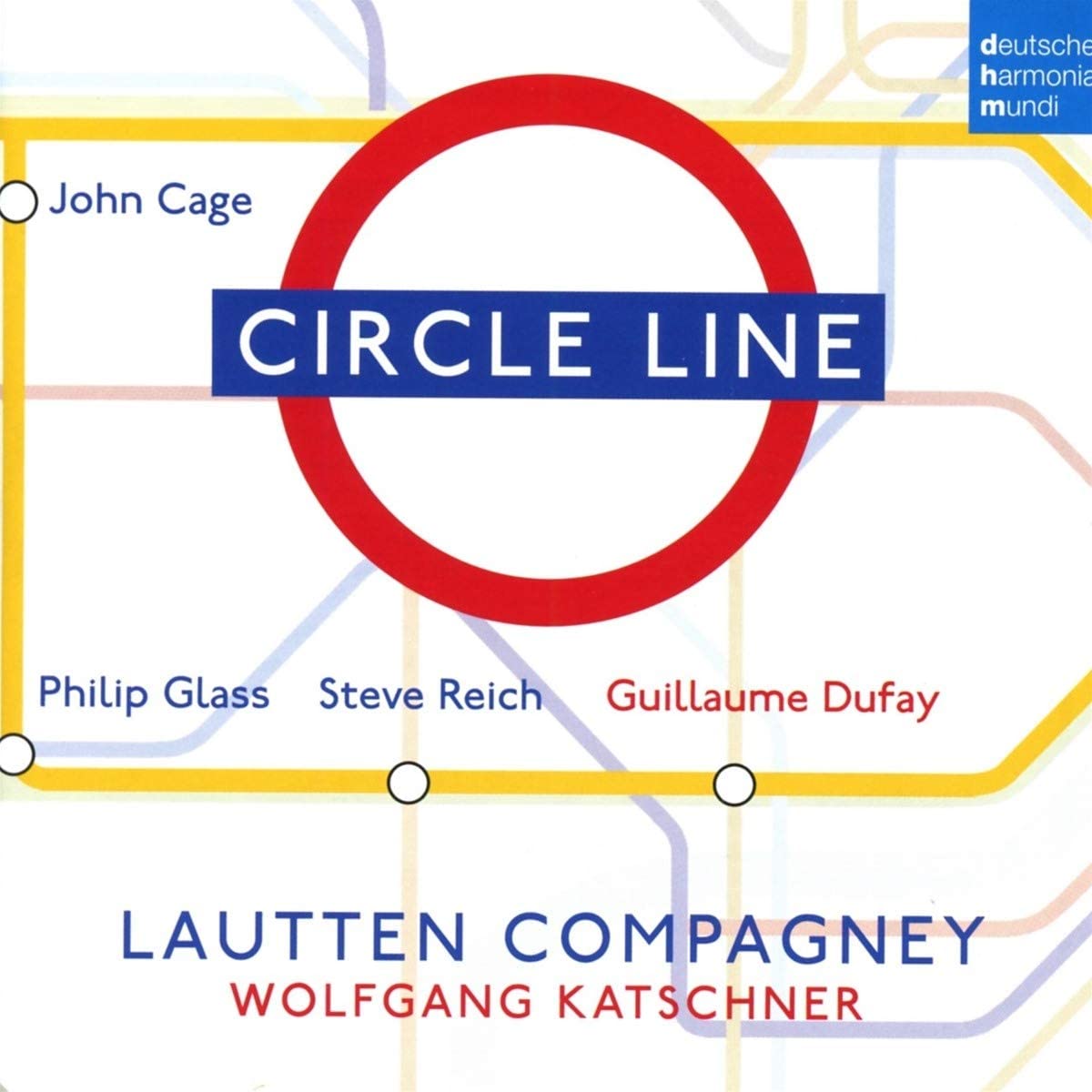Lautten Compagney, Wolfgang Katschner
75:09
deutsche harmonia mundi 1 90759 43102 3
Click HERE to buy this on amazon.co.uk
Philip Glass’s Train to São Paolo gets this recording off to a pounding start, followed by the equally stirring Gloria ad modum tubae by Guillaume Dufay. The similarities in construction between the two pieces are brought out in the instrumentation – there are no voices used in the Dufay – and this CD sets out to display how the use of rhythmic and melodic repetition is a common factor to both composing traditions, even if separated by more than five hundred years. The Glass contributions come mainly from two films, Powaqqatsi and Naqoyqatsi; other tracks are by fellow minimalists Steve Reich, John Cage, Meredith Monk and Peter Bauer, while Dufay stands alone. It is imaginative programming which, at times, groups pieces from one tradition together while, at others, alternates them. Some tracks move directly from one composer to the other: the most successful of these moves seamlessly and cleverly from Steve Reich’s clapping music (played here on instruments, including a Jew’s Harp) to Dufay’s chanson Se la face ay pale – and back – keeping a constant ostinato rhythm. While one does miss the words in the Dufay tracks and the greater flexibility usually practised by singers, there was a habit of instrumental substitution in this music and these imaginative transcriptions allow the listener to concentrate on the recurring patterns and on the counterpoint. The Circle Line of the title is exemplified by repeating the opening two tracks at the end, in reverse order, so that the CD starts and ends with a train. This is the second recorded foray into minimalism by the Lautten Compagney, founded in 1984 in the former East Berlin, who have otherwise generally specialised in Baroque music. Playing and recording are excellent and this disc has grown on me with repeated hearing. I can certainly recommend listening to it.
Noel O’Regan
